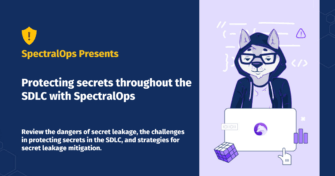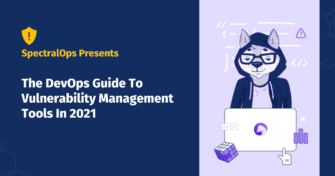DevSecOps Best Practices

Mind the gap: The state of secrets scanning in 2021
This whitepaper will review the dangers of secret leakage, the challenges in protecting secrets in the SDLC, and strategies for secret leakage mitigation.

DevSecOps Cloud Security Solutions Buyer’s Guide
The cloud has come a long way from Eric Schmidt’s “modern” coining of the phrase in 2006. Today, companies and institutions are reliant upon a cloud

8 Ways to Maximize Security Permissions for GitHub
See how you can maximize security permissions—and your code—before publishing to GitHub. Review the multi-layered permissions and tools you need to create a plan to lock down your GitHub development pipeline.

The DevOps Guide To Vulnerability Management Tools In 2021
Thousands of vulnerabilities are discovered yearly, and business continuity continues to become hinged on the continual network, process, and software uptime. Organizations need to invest time and effort into understanding where their weaknesses lie to maintain that status quo and continue running smoothly.

The ultimate Azure DevOps security checklist
As many as 99% of security failures in the cloud through 2025 will be the customer’s fault. That’s right, ninety-nine percent. While that may imply cloud vendors are doing a good job keeping up their end of the bargain, it also suggests users of cloud services — DevOps teams included — can greatly mitigate risk by focusing on what they can control.

Where your code secrets hide: risky filetypes to know
It may be an API key that falls in the wrong hands, a set of credentials, encryption keys, or even a URL that is being protected by obfuscation. Secrets will leak, and the smallest secret can escalate to a full-blown data breach. But where exactly do these secrets in code like to hide?

Security best practices for GitHub
According to a study published in 2019, after a comprehensive scan of public GitHub repositories, a total of 575,456 instances of sensitive data such as API keys, private keys, OAuth IDs, AWS access key ID and various access tokens were discovered on the platform.

Protecting secrets throughout the SDLC with SpectralOps
This whitepaper will review the dangers of secret leakage, the challenges in protecting secrets in the SDLC, and strategies for secret leakage mitigation.